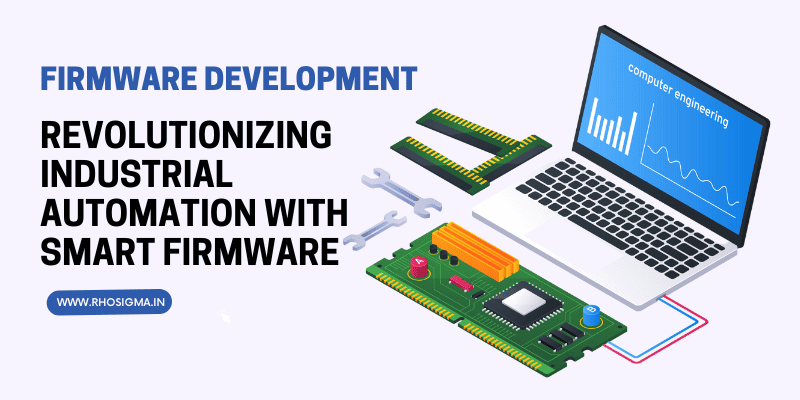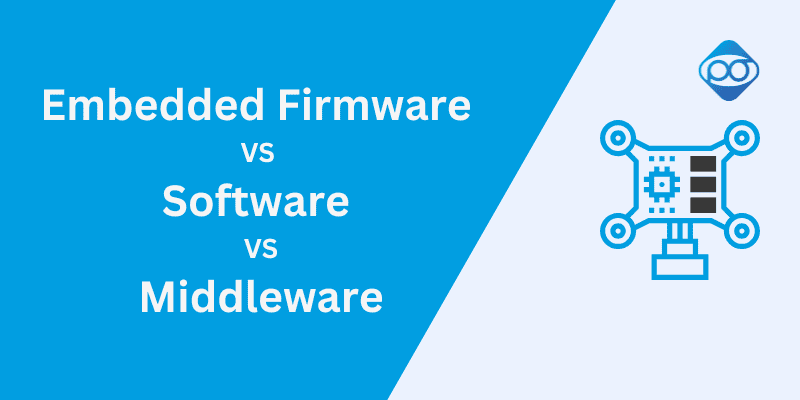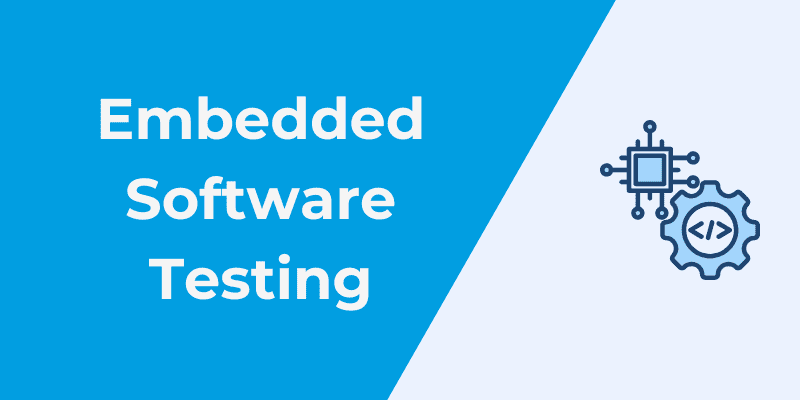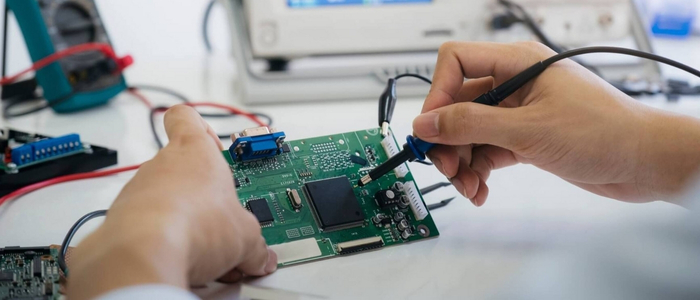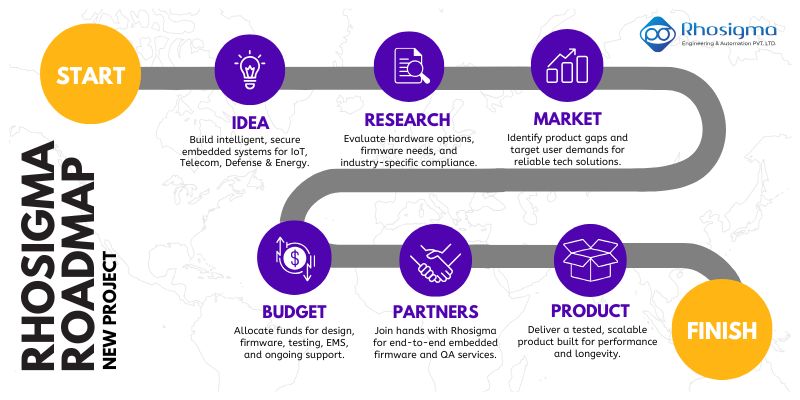What is Firmware? Inside Firmware Development
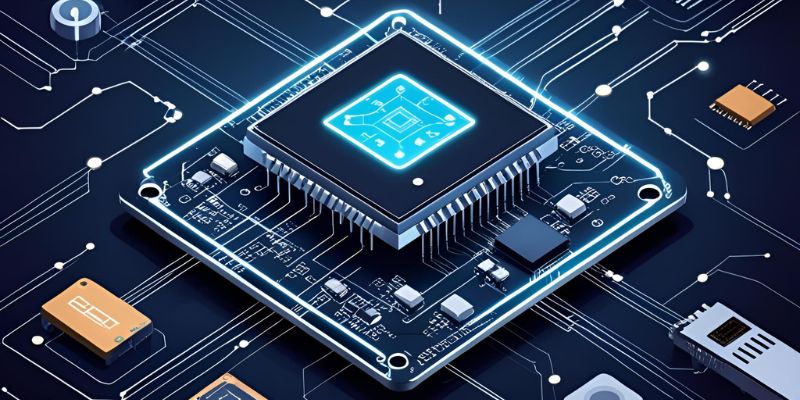
Firmware is the backbone of smart electronics — from IoT to defense systems. Explore how it works, why it matters, and how expert development by Rhosigma ensures security, performance, and reliability across industries.
In a world driven by smart devices, automation, and intelligent electronics, firmware plays a role so critical — yet so invisible — that most people don’t even realize it exists. From your smartphone and smartwatch to industrial robots and medical equipment, firmware quietly powers the brains behind the operation.
So, what is firmware? And why is firmware development such a vital part of modern technology?
In this blog, we’ll break down the basics, explore how firmware works, and give you a peek inside the fascinating world of firmware development — and why choosing the right development partner like Rhosigma can make all the difference.
What is Firmware? A Simple Definition
Firmware is a specific type of software that provides low-level control for a device's specific hardware. Unlike regular software that you can easily install or uninstall, firmware is embedded directly into the hardware itself — making it essential to how the device functions.
In simpler terms, firmware is the permanent software programmed into your hardware. It tells your electronics what to do, how to respond, and how to operate correctly.
Examples of Firmware in Everyday Life
You’ve probably used devices powered by firmware today without even realizing it:
- Your smartphone's boot-up process is controlled by firmware.
- The TV remote you click has firmware that sends signals.
- A smart washing machine adjusts water levels using firmware.
- In cars, firmware runs everything from airbags to entertainment systems.
- Industrial machines use firmware to process commands from PLCs or IoT systems.
Whether it’s a simple microcontroller or a complex embedded system, firmware is what makes the hardware smart and functional.
Firmware vs Software vs Hardware: What's the Difference?
- Hardware is the physical device (e.g., circuit board, microcontroller).
- Software is the application you interact with (e.g., mobile app, browser).
- Firmware bridges the two. It resides inside the hardware and enables communication between the hardware and software.
Think of firmware as the translator between hardware and higher-level software. It tells your system how to behave, how to connect, and how to respond to inputs.
Types of Firmware
There isn’t just one kind of firmware — different devices require different forms of firmware depending on the complexity of operations:
- Low-Level Firmware: Found in microcontrollers and sensors. Often written in Assembly or C for fast execution and minimal memory use.
- High-Level Firmware: Used in devices with an OS or real-time requirements (like routers or medical systems).
- Subsystem Firmware: Specific to subcomponents within a system — such as hard drive controllers, GPU firmware, or power management chips.
What is Firmware Development?
Firmware development is the process of writing, testing, and deploying the embedded software that controls hardware behavior. It involves:
- Writing code in low-level languages (C, C++, sometimes Assembly)
- Interfacing directly with hardware registers and memory
- Testing for performance, safety, and security
- Ensuring the firmware is reliable, upgradeable, and adaptable
Firmware development is much more technical and hardware-focused than standard software development. It requires deep hardware knowledge, precise coding, and rigorous testing.
The Firmware Development Process
At Rhosigma, we follow a structured firmware development process to ensure quality and efficiency:
- Requirement Analysis : Understand the device’s purpose, constraints, and performance expectations.
- Architecture Design: Define firmware modules, memory allocation, power optimization, and communication protocols.
- Firmware Coding: Code firmware in embedded C/C++, and ensure hardware-level interactions are efficient and secure.
- Testing & Debugging: Run rigorous unit tests, integration tests, and real-time simulations. Testing is crucial in firmware because post-deployment updates can be limited.
- Deployment: Flash the firmware to microcontrollers or processors, typically through JTAG, ISP, or UART methods.
- Maintenance & OTA Updates: Modern firmware must be updateable. We enable Over-The-Air (OTA) updates to fix bugs or add features without needing physical access.
Why Firmware Testing & Quality Assurance Matter
Because firmware is embedded and often cannot be easily updated or replaced, the cost of bugs is much higher than in regular software. A faulty firmware could:
- Crash the entire device
- Cause security vulnerabilities
- Reduce battery life or efficiency
- Fail compliance or industry certifications
At Rhosigma, we provide dedicated Testing and QA services as part of our development process. This includes stress testing, EMI/EMC compliance, power usage monitoring, and error recovery checks.
Firmware in IoT, Telecom, and Defense
Firmware development isn’t just for consumer devices. Industries like IoT, Telecommunications, Defense, and Medical Equipment rely heavily on robust and secure firmware systems:
- IoT Devices: Firmware controls sensor data, wireless communication, and edge processing.
- Telecom Hardware: Base stations and routers rely on firmware for signal processing and protocol management.
- Defense & Aerospace: Requires mission-critical firmware that must be fault-tolerant, secure, and often real-time capable.
- Medical Devices: Precision, safety, and compliance are essential in firmware for diagnostic and therapeutic equipment.
This is where Rhosigma’s industry experience and testing rigor deliver real value.
Why Partner with Rhosigma for Firmware Development?
At Rhosigma, we go beyond code. We understand your hardware, your industry challenges, and your need for reliability. Here’s what makes us different:
Full-Cycle Expertise – From concept and design to manufacturing and post-sales support.
Strong QA & Testing Focus – Prevent field failures through intense validation.
Domain-Specific Firmware – We specialize in Telecom, IoT, Energy, and Defense-grade firmware.
Collaborative Development – We work closely with your hardware and product teams to ensure alignment at every stage.
Security-First Approach – With IoT and connected systems, we build secure firmware from the ground up.
Future of Firmware: Smarter, Smaller, and More Secure
Firmware is evolving fast. New trends like AI at the edge, real-time analytics, and low-power devices are demanding smarter, more efficient firmware.
At the same time, cybersecurity threats mean firmware must now be designed with encryption, authentication, and update controls.
The future is here — and firmware is at its core. Whether you're building a smart city device, a defense system, or an industrial automation tool — firmware development is mission-critical.
